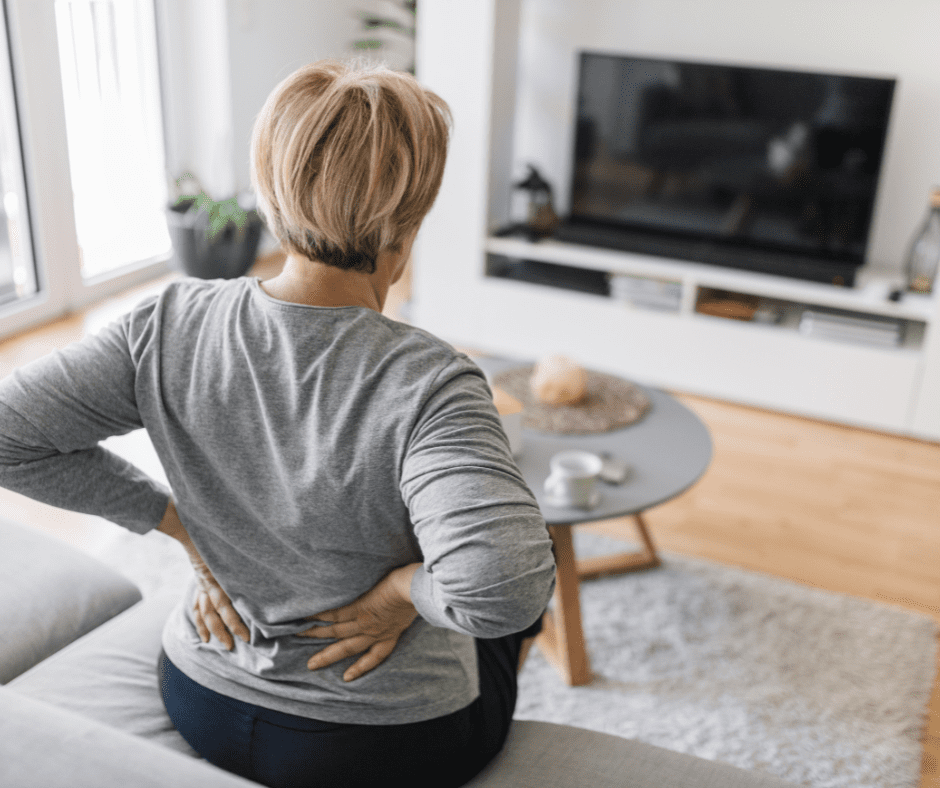Article originally published by St Vincent’s Private Hospital Community News.
We’re all for embracing our age and loving the ageing process; they’re called the golden years for a reason
But alas, ageing and degeneration can cause a range of conditions and diseases, including a host that affect our bones, muscles and joint health. Left untreated, these can lead to discomfort, pain, chronic pain and even immobility. Now, no one wants that… The good news?
Caught early, many of the conditions can be prevented, minimised or treated with the latest medical advances and techniques, with minimally invasive procedures and faster recovery times than ever before.
Here, the essential guide to understanding how ageing and degeneration affects our muscles, bones and joints, and what we can do about it now to ensure those golden years truly are golden later!

Being uncomfortable isn’t normal. Consult a professional if you are experiencing any pain or discomfort.

Six million Australians suffer from painful musculoskeletal conditions such as osteoporosis and poor healing fractures.
2. How an active lifestyle affects the muscles, bones and joints
Staying active can help considerably. According to the Victorian government’s Better Health Channel, staying active can help you “sleep better, stimulate your appetite and may reduce your risk of heart disease, dementia and falls. It also helps improve and maintain your fitness, strength and balance.”
In fact, an inactive lifestyle causes bone and muscle wastage, as “the cartilage shrinks and stiffens, and it actually reduces joint mobility,” explains Mr Vo. This can obviously lead to a vicious cycle no golden oldie wants to be a part of. Who doesn’t know an older person who has become so afraid of falling and breaking bones that the fear actually prevents them from being active (and leads to bone wastage)?
The Australian Physical Activity Guidelines encourage people aged 65+ to do at least 30 minutes of medium-intensity exercise each day. If the thought of 30 minutes a day makes you sweat, relax – it can be done as three x 10-minute sessions. It’s recommended to do a range of different activities to stay on top of fitness, flexibility, balance and strength issues, but remember, everyone’s fitness levels are different, so speak to your GP, who can help create a fitness plan specific to your needs.
3. Staying at a healthy weight is important
A whopping 67% of Australian adults are considered overweight or obese. According to the Australian Institute of Health and Welfare, “excess weight, especially obesity, is a major risk factor for cardiovascular disease, type 2 diabetes, some musculoskeletal conditions and some cancers. And, as the level of excess weight increases, so does the risk of developing these conditions.”
Carrying excess weight also places strain on our body – from our heart (making the heart work harder to pump the blood around) to our bones, joints and muscles and everything in between, as we have a ‘heavier load’ to bear. In addition, being overweight can hamper our ability to control or manage chronic conditions.
If you are struggling to maintain a healthy weight, speak to your GP or visit the Healthy Weight Guide for great information.
4. Calcium, vitamin D and exercise are the cornerstone of bone health
Our bones do more than just get us around, “they provide support and structure, protect vital organs, help us move and even store essential minerals,” according to the Bone Health Foundation. If, however, you are one of the six million Australians who suffer from painful musculoskeletal conditions such as osteoporosis and poor healing fractures, you’ll understand how important it is to look after your bone health.






